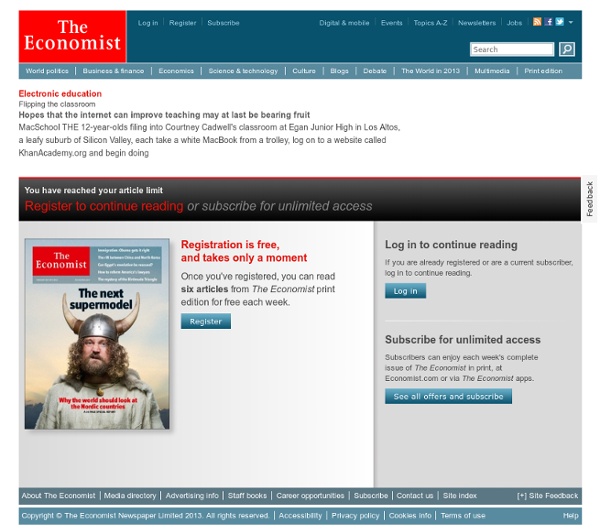



Neuroscience For Kids The smell of a flower - The memory of a walk in the park - The pain of stepping on a nail. These experiences are made possible by the 3 pounds of tissue in our heads...the BRAIN!! Neuroscience for Kids has been created for all students and teachers who would like to learn about the nervous system. Discover the exciting world of the brain, spinal cord, neurons and the senses. Can't find what you are looking for? Portions of Neuroscience for Kids are available in Spanish, Slovene, Portuguese, Italian, Korean, Japanese, Serbian, Russian, Slovak, Romanian, Polish, Albanian, Czech, Finnish, Estonian, Hungarian, Punjabi, Indonesian, Malay, Norwegian, Ukranian and Turkish. "Neuroscience for Kids" is maintained by Eric H.
Tyranny Of Words - Stuart Chase Stuart Chase (1888-1985) Born in Somersworth, New Hampshire was an American economist and engineer trained at MIT. His writings covered topics as diverse as general semantics and physical economy. His hybrid background of engineering and economics places him in the same philosophical camp as R. Buckminster Fuller. It has been suggested that he was the originator of the expression a New Deal, which became identified with the economic programs of American president Franklin Delano Roosevelt. Malcolm Knowles, informal adult education, self-direction and andragogy contents: introduction · malcolm knowles – life · adult informal education · malcolm s. knowles on andragogy · self-direction · conclusion · further reading and references · links Malcolm Shepherd Knowles (1913 – 1997) was a, perhaps ‘the’, central figure in US adult education in the second half of the twentieth century. In the 1950s he was the Executive Director of the Adult Education Association of the United States of America. Malcolm Knowles – a life Born in 1913 and initially raised in Montana, Malcolm S. While driving to and from these locations, we engaged in serious discussions about all sorts of subjects, such as the meaning of life, right and wrong, religion, politics, success, happiness and everything a growing child is curious about. Malcolm Knowles has talked about his mother helping him through her example and care to be a more ‘tender, loving, caring person’ (op. cit.). Malcolm Knowles gained his MA in 1949. In 1959 Malcolm S. Malcolm S. Adult informal education 1.